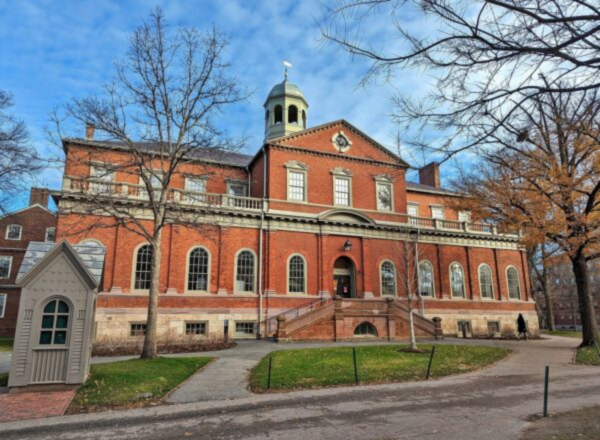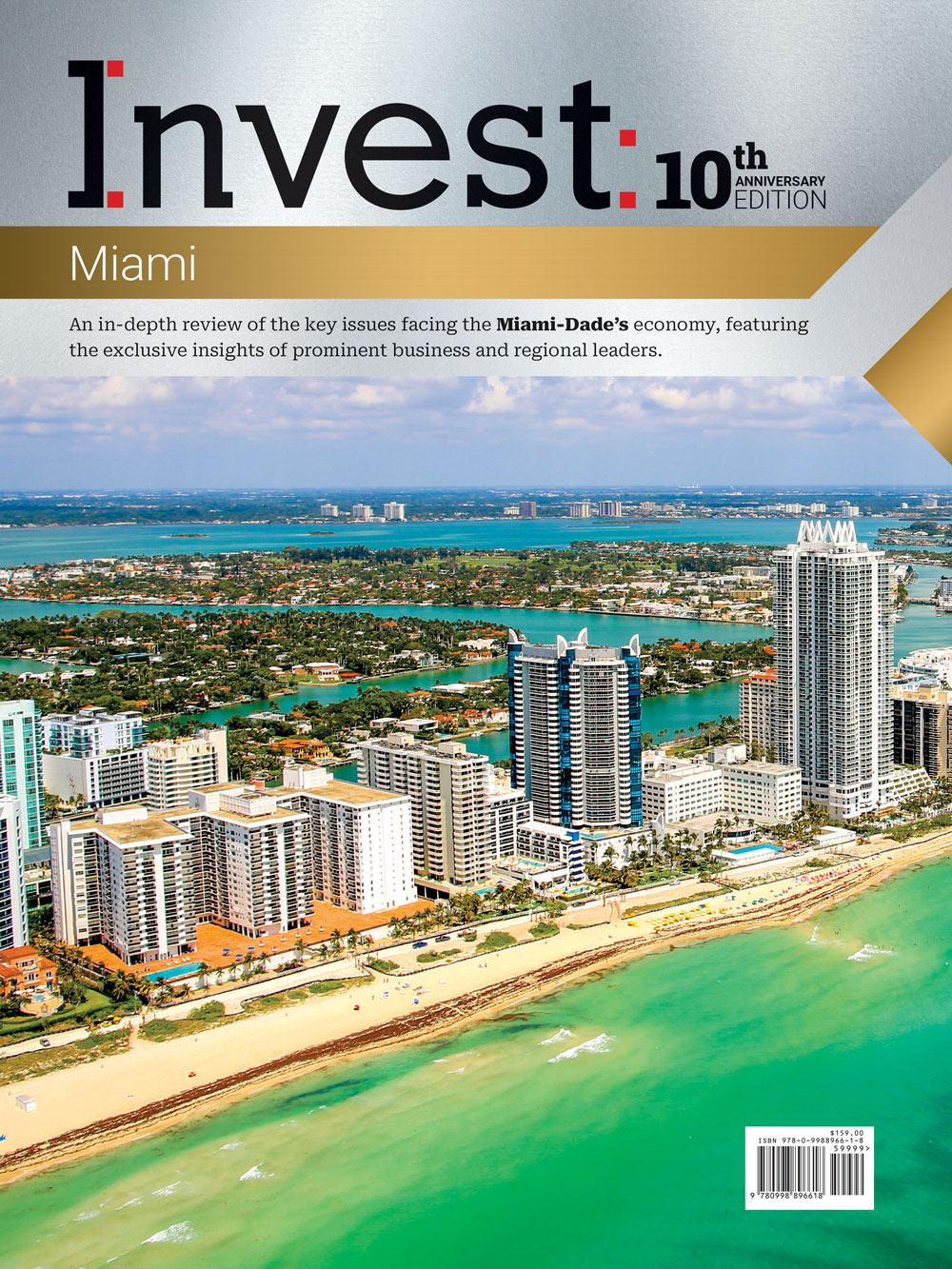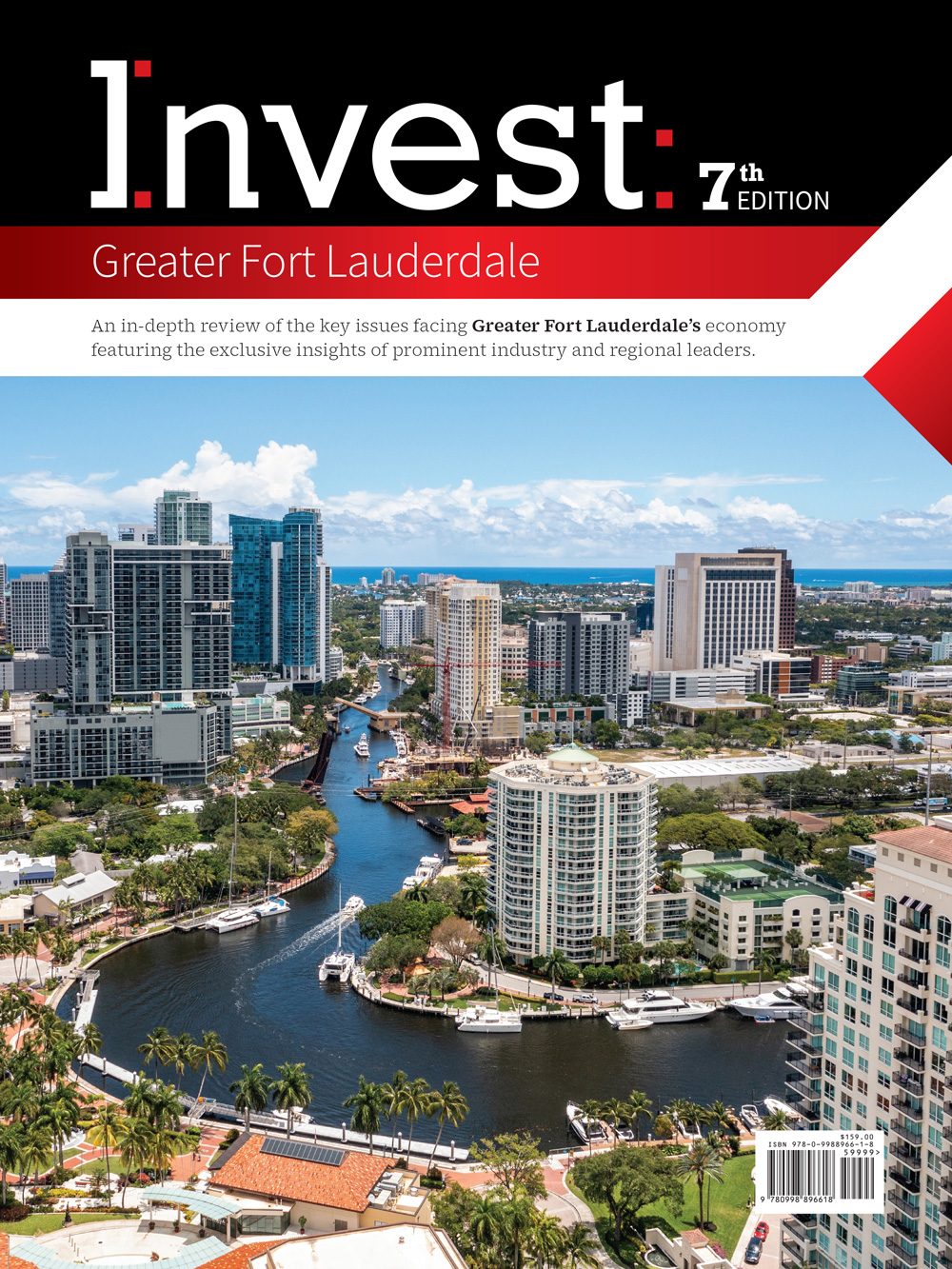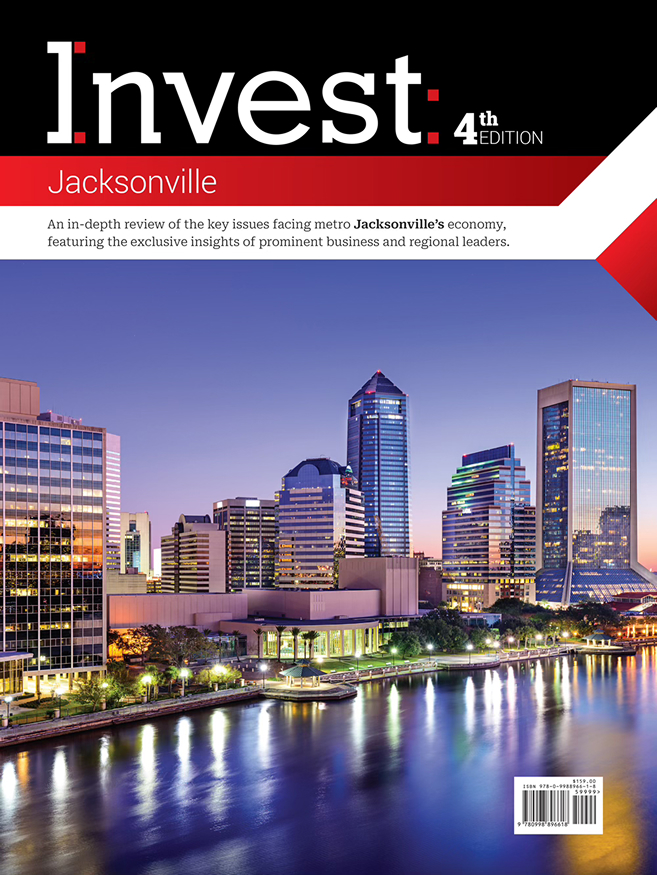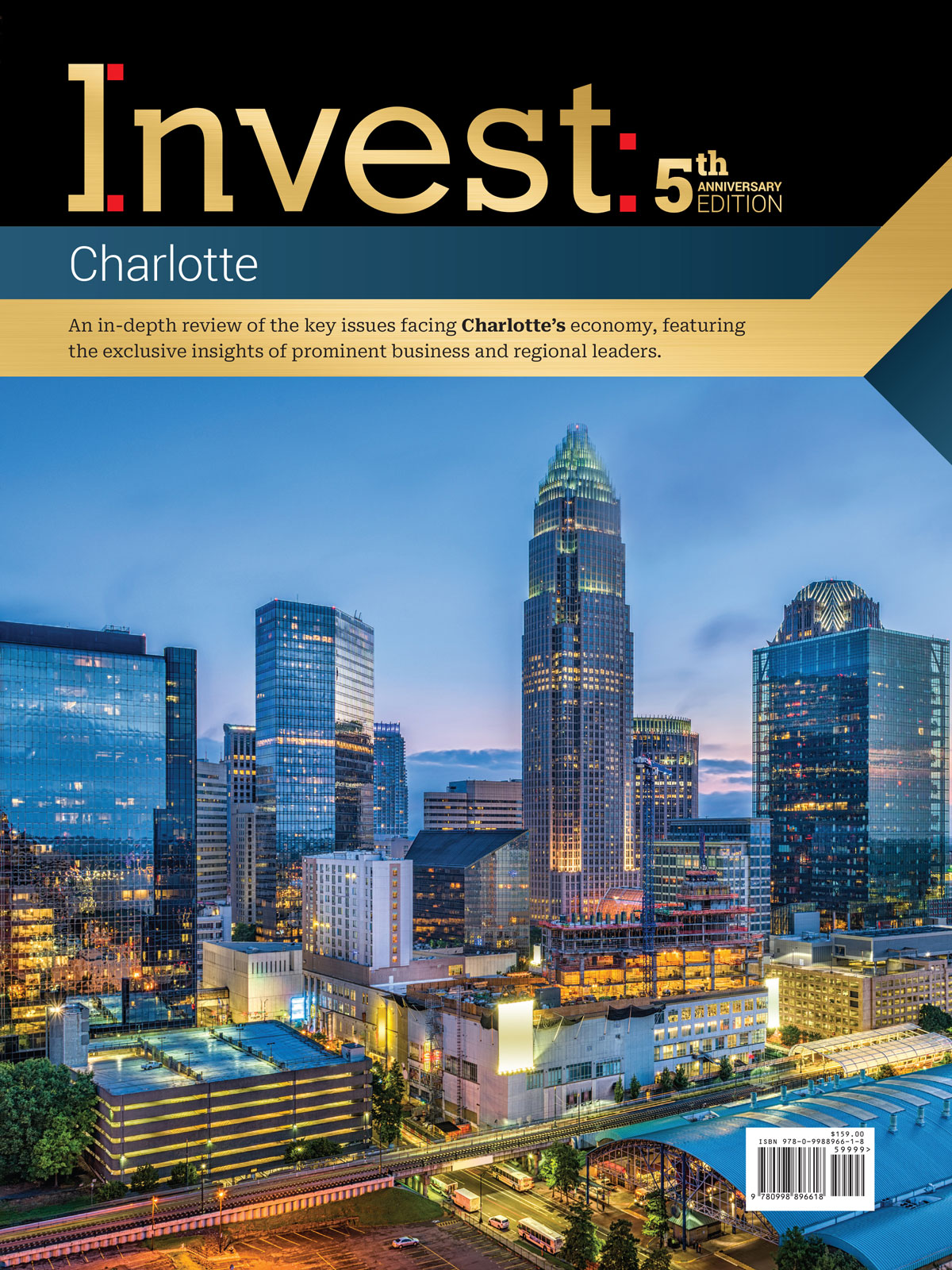Michael Bilodeau, Development Partner, MPV Properties
In an interview with Invest:, Michael Bilodeau, Development Partner at MPV Properties, discussed MPV’s strategic investments in Lancaster County, the evolution of retail and commercial real estate, collaboration with local government, sustainability initiatives, and priorities for growth in the region.
What drove MPV to invest in Lancaster County, and how did you approach your initial projects there?
We started in Lancaster County in 2000 when the area wasn’t on many people’s radar. I was hired specifically to focus on Indian Land, where we identified an opportunity to capitalize on South Charlotte’s growth by developing a business park just across the state line, and minutes from Ballantyne.
We purchased the site, made substantial infrastructure improvements (roads, water, sewer), and developed a 34,000-square-foot, speculative office building. It just so happened that our building was completed at the time of 9/11. It was a challenging time to promote a business park on the edge of Charlotte, but we pushed forward. This marked our first major project in Lancaster County.
It wasn’t an instant success, but by 2023 we were fully leased so we developed a second speculative office building. This was followed by a 40,000-square-foot Build-to-suit headquarters building for a Fortune 1000 company, opening the door to more opportunities. Today that business park has more than 1 million square feet of commercial office space, and is the HQ campus for Red Ventures and several other leading companies.
What were some of the key developments that followed MPV’s initial investment in Lancaster County?
A pivotal moment came when we had the opportunity to acquire a 42-acre piece of land next to our first business park. Growth wasn’t booming yet, but we believed in the corridor’s potential and decided to double down. That site eventually became home to a Super Walmart, a major shift for the area.
I remember presenting the Walmart opportunity to Lancaster County Administrator Chad Hurst. He was enthusiastic, as the county had (for many years prior) been losing sales tax revenue to Charlotte. Despite environmental challenges, the Walmart project moved forward, becoming the anchor for further development and paving the way for even larger projects.
How did MPV Properties collaborate with Lancaster County to achieve long-term growth in the area?
One major project was a public-private partnership with Lancaster County on a 460-acre tract known as Bales Ridge. We partnered with the land owner and worked with Lancaster County to secure entitlements for a large-scale, mixed-use commercial and residential project. In 2007, e partnered with Lancaster County on a $3 million Special Source Revenue Credit bond, proceeds of which were used to fund Bailes Ridge infrastructure, including roads, water, and sewer
Because of that partnership and infrastructure investment, Bailes Ridge was able to attract several leading companies including Honeywell, Movement Mortgage, and Keer America, just to name a few. Today, Bailes Ridge contains more than 2 million square feet of commercial development, and the County was able to retire the Special Source Revenue Bonds in just seven years
In all our projects, we’ve strived to make decisions that align with Lancaster County’s long-term vision. While there were opportunities for short-term gains, we’ve prioritized long-term goals consistent with the county’s. We remain committed to continuing this partnership, ensuring Lancaster County grows in a way that benefits taxpayers, residents, and employers alike.
What are some of the unique challenges and opportunities for further commercial real estate development in the corridor?
A lot has changed since we started in 2000. The county has evolved, the real estate market has shifted, and COVID has significantly impacted the office sector. Between 2005 and 2015, incentives played a large role in helping to attract some companies to South Carolina. While incentives remain an essential component, the office market continues to grapple with alternate challenges post-COVID. Downsizing work from home and new technology like Zoom are all impacting office space decisions.
We’re also seeing a shift for some companies to huddle closer to highly amenitized areas, that offer proximity to the type of restaurants and apartments that cater to a younger, workforce demographic. . South End in Charlotte comes to mind. Companies that once prioritized economics through incentives are now finding it advantageous to occupy smaller footprints in areas like SouthEnd to be closer to where their workforce tends to live.
What this tells me is this. Suburban markets, especially Lancaster County, should continue to employ incentives when necessary, but they also must continue to push for higher quality development – retail centers, mixed-use projects, upscale apartments – that will appeal not only to surrounding families but also to many of the younger generations who will occupy the very jobs Lancaster County is trying to attract.
Another Lancaster County project we’re proud of is our work within the Edgewater development. During the 2010 financial crisis, we bought land in the project and stabilized it, bringing in the county’s first highly amenitized multi-family project. This set the stage for future development, including The Court at RedStone., a 260-unit multi-family project developed on the Red Ventures campus.
In 2014, we determined Lancaster County was ready for a large-scale, first-class retail center that could serve the retail and commercial needs of the Indian Land submarket. So in 2014, we acquired 50 acres at the intersection of Highway 521 and Highway 160 and began work on RedStone. Today, RedStone is anchored by a 14-screen movie theater and 80,000 square feet of retail space. That scale of project would not have been possible in 2002. nsider.
Today, we’re working on finalizing the design of RedStone Phase 2, which will add an additional 20,000 square feet of retail space within a mixed-use, pedestrian-friendly project. Phase 2 will also contain 360 apartment units, 15 townhomes, and a common-area lawn for public and community events. At completion, RedStone will be a truly mixed-use project that will serve the long-term needs of residents and employees alike.
How do you integrate sustainability into your projects?
Most of our projects in Lancaster County fall within the “Heel Splitter Zone,” named after a protected mussel species under the Endangered Species Act. We’ve had to follow strict environmental regulations, including partnering with Rez to purchase a mitigation bank downstream, offsetting environmental impacts by creating protected habitats.
We also worked closely with Lancaster County on drafting the new UDO and the Highway Corridor Overlay, which aimed to improve aesthetics and architectural consistency along Hwy. 521 and 160. While many of our projects already aligned with these goals, the overlay elevated the overall appearance of developments. Lancaster County’s rapid growth requires planning to maintain high standards. While I haven’t personally done LEED-certified buildings in Indian Land, we’ve supported sustainability in other meaningful ways.
What is your outlook for commercial real estate in the county for the next few years, and what are your top priorities during this period?
I think we’re going to see continued retail development in certain areas. For instance, Target has been announced for Project Crossroads, and Costco further south—two large projects meeting retail demand, driven by population growth. Retail development often follows population increases.
The Medical University of South Carolina has a nearby site set to bring more services to support this growth. Medical, retail, and service-oriented development will likely continue as the area expands.
Single-family residential growth will continue pushing south. South Carolina offers favorable ad valorem taxes, and the lack of available land in south Charlotte means continued residential growth in Lancaster County is inevitable. But with growth comes pressure on infrastructure — schools, roads, and services. The county will need to manage this carefully.
How has retail development evolved over the years, and what trends do you foresee in the retail sector?
Retail development has evolved significantly. There’s been a shift away from large, anchored retail centers with junior anchors like Circuit City or pet stores, which were common 20 years ago. Many of those large boxes aren’t being built anymore, and the ones that are, are fewer and farther between. Retail projects today must meet changing market demands.
That’s why we’ve adjusted our approach to projects like RedStone. Mixed-use, community-oriented developments are increasingly popular. For example, in South Charlotte’s Ballantyne, a former golf course was redeveloped into a mixed-use center, The Bowl, with apartments, restaurants, and retail integrated into a community space.
While some big boxes remain, the trend is toward mixed-use spaces that meet modern consumer needs — places where people can live, work, shop, and dine in one community.

